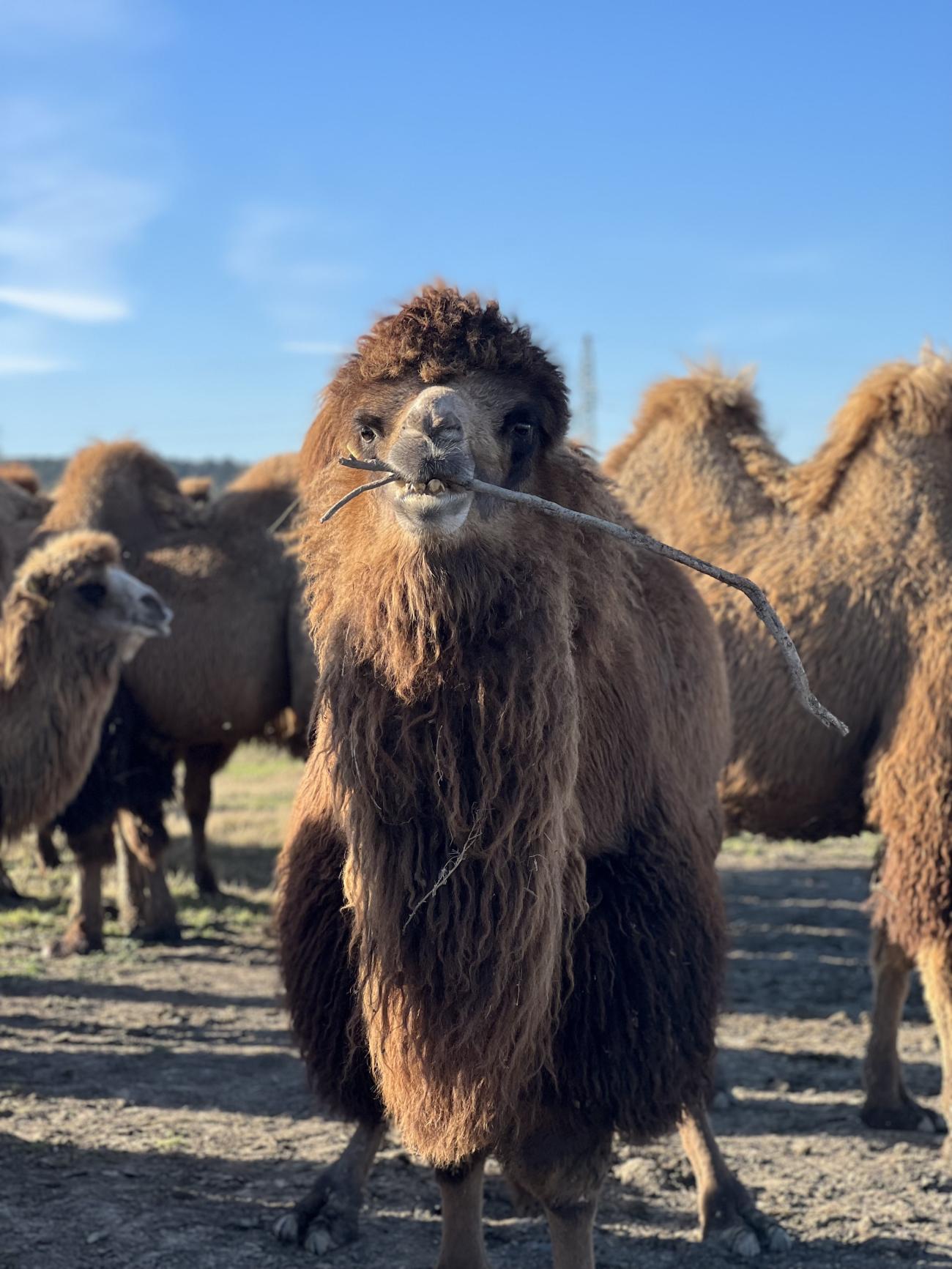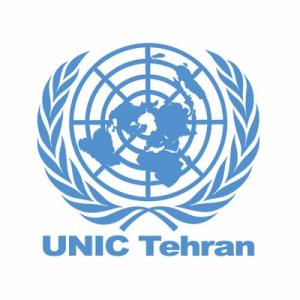TEHRAN – Strengthening biodiversity conservation in Iran, the Food and Agriculture Organization (FAO) has concluded its two-year Bactrian Camel Conservation Project. Initiated in response to the alarming "Critically Endangered" status of Bactrian camels, the project showcases the vital role these magnificent creatures play in the delicate balance of Iran's ecosystems.
Earlier this year, on June 22, FAO, in collaboration with the Ministry of Agriculture Jahad and the University of Mohaghegh Ardabili, marked World Camel Day, shedding light on the significant contributions of Bactrian camels in safeguarding Iran's biodiversity and combatting climate change. Recognizing their adaptability and sustainability as a solution to biodiversity reduction, FAO Representative ad interim to Iran, Yubak Dhoj G C, underscored the pressing global issues of food and nutrition security and climate change, emphasizing the heightened vulnerability faced by indigenous communities as biodiversity declines.
Camels, especially the Bactrian variety, have historically thrived in Iran's challenging climatic conditions, sustaining Bedouins, nomads, and pastoral communities for centuries. The species’ adaptability and resilience make them a crucial part of Iran's ecological fabric. The FAO's commitment to preserving the Bactrian camel aligns with the United Nations' designation of 2024 as the International Year of Camelids.
Fast forward to December 28, Yubak Dhoj GC celebrated the project's completion, highlighting its multifaceted successes. The Bactrian Camel Conservation Project not only addressed the imminent threat to these iconic creatures but also aimed to enhance the livelihoods of local herders, build capacity of the experts, veterinarians, and scientists, nomadic women as well as raise awareness among society and policymakers.
Major milestones included the establishment of a germplasm hub, capacity-building programs, and the support for a camel ranch owners co-operative through procuring feeding equipment as well as establishing a wool processing workshop. Providing nutritional supplements, vaccines, and medicines the FAO's innovative approach has also embraced advanced technologies; this included the reproductive efforts in cryopreservation of genetic material as well as developing an application for performance recording, ensuring the conservation of this invaluable species.
As the project concludes, the FAO expresses readiness to support the government in developing strategies for the continued increase in the Bactrian camel population. The call is made to prioritize the newly established Bactrian camel ranch owners co-operative, secure international funds, and explore agrotourism initiatives to introduce Bactrian camels to the world.



